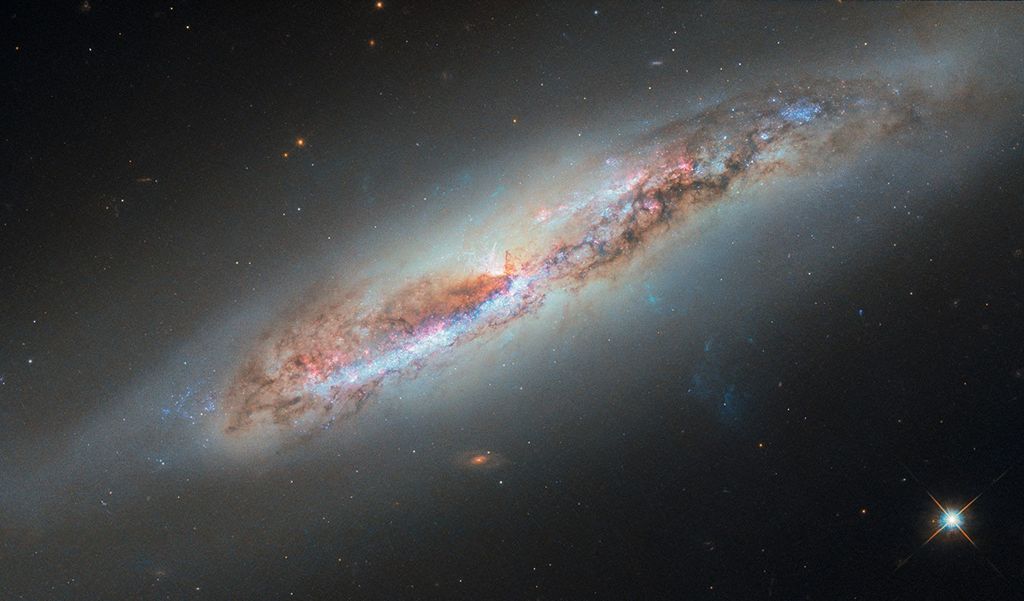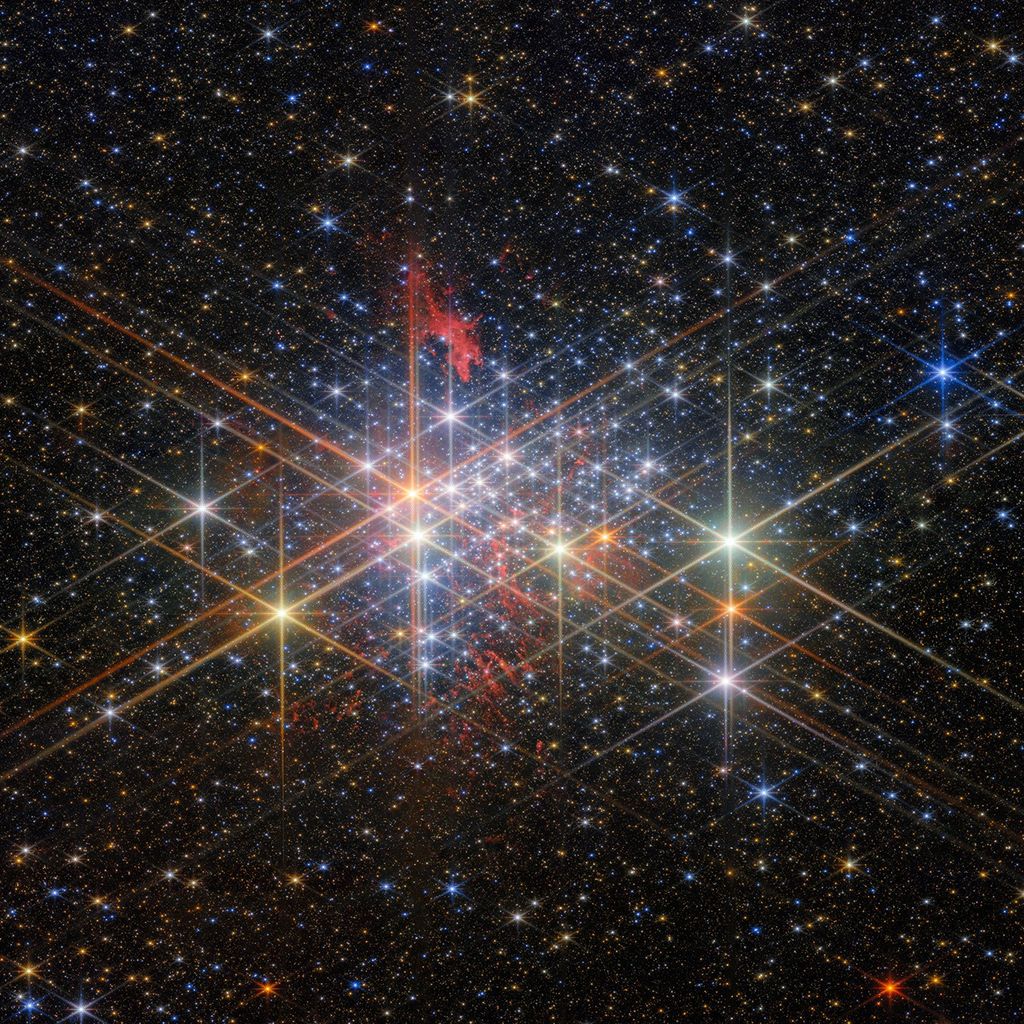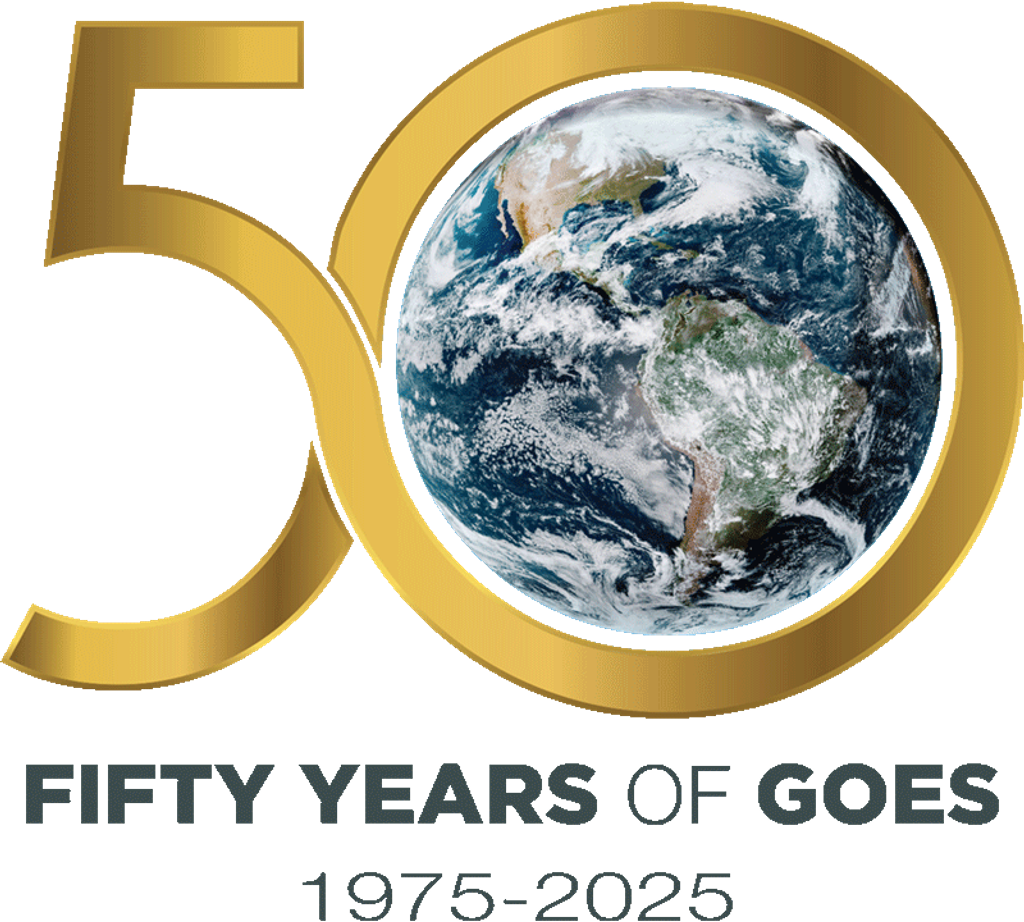Station Gets Ready for Two Cargo Missions Launching Days Apart
The Progress 93 cargo craft from Roscosmos rolled out to its launch pad today at the Baikonur Cosmodrome in Kazakhstan where will launch at 11:54 a.m. EDT on Thursday to the International Space Station. Progress 93, carrying 2.8 tons of food, fuel, and supplies to resupply the Expedition 73 crew, will arrive at the orbital outpost and automatically dock to the Zvezda service module’s aft port at 1:27 p.m. on Saturday. NASA+ will begin its live launch broadcast at 11:30 a.m. on Thursday followed by docking coverage beginning at 12:30 p.m. on Saturday.
Cosmonauts Sergey Ryzhikov and Alexey Zubritsky, station Commander and Flight Engineer respectively, trained on Monday for this weekend’s approach and rendezvous of the Progress 93 resupply ship. The duo practiced on a computer the maneuvers they would use to remotely control the approaching cargo craft in the unlikely event it would be unable to complete its automated docking sequence with Zvezda.
Before Progress 93 launches, the Progress 91 cargo craft will undock from the orbital outpost at 11:45 a.m. on Tuesday vacating the same Zvezda port the new resupply ship will dock to four days later. The Progress 91, filled with trash and obsolete gear, will reenter the Earth’s atmosphere above the Pacific Ocean several hours later for a fiery, but safe demise completing a six-and-a-half-month mission.
Next on the launch schedule is NASA’s Northrop Grumman’s commercial resupply services 23 mission featuring the Cygnus XL cargo craft, counting down to a liftoff atop a SpaceX Falcon 9 rocket at 6:11 p.m. on Sunday, Sept. 14 from Cape Canaveral Space Force Station in Florida. Cygnus XL will deliver over 11,000 pounds of new gear, including advanced science experiments to promote health on Earth and in space, when it is captured by the Canadarm2 robotic arm at 6:35 a.m. on Wednesday, Sept. 17. Canadarm2 will remotely install Cygnus to the Unity module’s Earth-facing port for six months of cargo activities.
Meanwhile back on the space station, Expedition 73 began its week focusing on how the human body and plants change in microgravity to not only protect crews in space but keep humans healthy on Earth.
NASA Flight Engineers Mike Fincke and Zena Cardman joined each other in the Columbus laboratory module at the beginning of their shift on Monday to understand how living in weightlessness affects a crew member’s sense of balance and orientation. Fincke operated software, with assistance from doctors on the ground, that sent visual signals Cardman responded to while wearing virtual reality goggles. Researchers will use the data to track structural changes a crew member’s vestibular system, or sensory system, may experience while living in space.
Afterward, Fincke led eye exams with NASA Flight Engineer Jonny Kim looking for potential space-caused changes to eye structure and vision. Fincke operated the medical hardware and software that sent flashes, or light patterns, to electrodes Kim wore around his eyes testing his retinal response. Next, Kim peered into eye imaging hardware as doctors on the ground monitored in real time for more insight into how spaceflight affects the retina, cornea, and optic nerve. Both the eye tests and the balance study were part of the CIPHER suite of 14 human research investigations tracking space-influenced changes to the human body possibly advancing health in space and on Earth.
Flight Engineer Kimiya Yui of JAXA (Japan Aerospace Exploration Agency) explored space botany in the Kibo laboratory module on Monday to learn how to grow plants in space and eventually the Moon and Mars. For the first part of the Plant Cell Division experiment, Yui processed tobacco plant cell samples with a chemical agent for preservation then installed the samples inside the Cell Biology Experiment Facility for incubation and later analysis with a microscope. He will conduct the second part of the experiment on Wednesday processing algae samples to understand cell division in space promoting advanced agricultural techniques on and off the Earth.
Roscosmos Flight Engineer Oleg Platonov participated in a pair of human research studies on Monday continuing the ongoing effort to understand and counteract the effects of microgravity on a crew member’s body. Platonov first attached sensors to his neck measuring the volume as he rapidly exhaled for a respiratory study. After that, he attached a new set of sensors and electrodes measuring his cardiac activity as he jogged on Zvezda’s treadmill for a regularly scheduled fitness evaluation.
Learn more about station activities by following the space station blog, @space_station on X, as well as the ISS Facebook and ISS Instagram accounts.
Get the latest from NASA delivered every week. Subscribe here.































